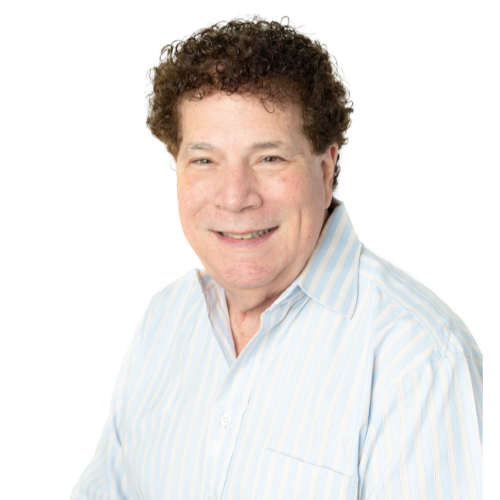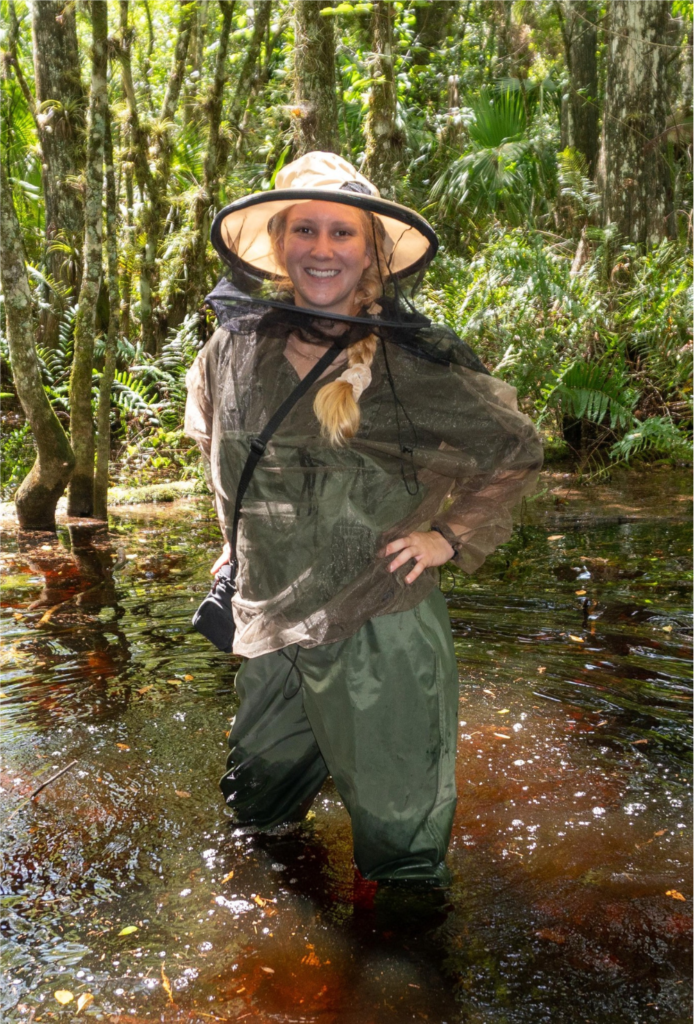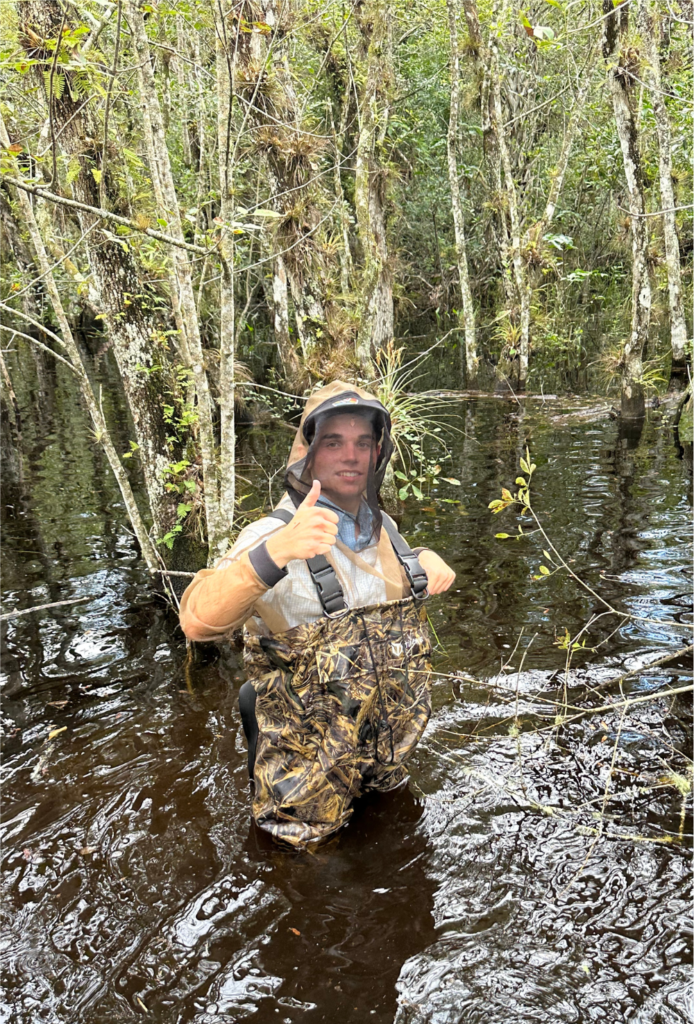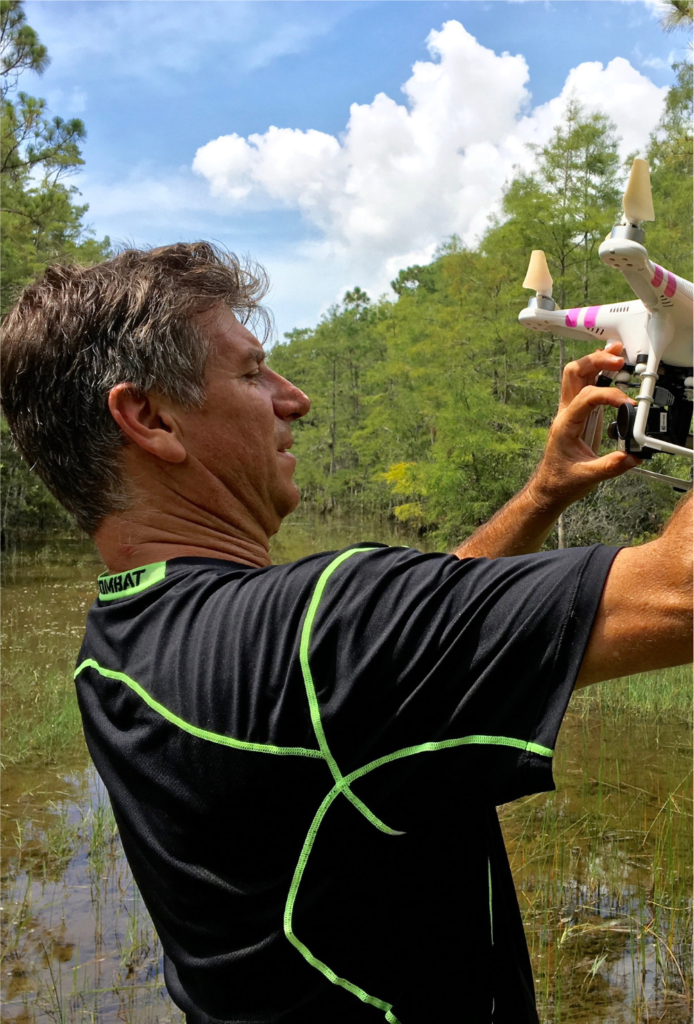Protecting sparrows limits flow to Everglades
Nov 21st, 2019 · by Katrina Elsken
FORT MYERS — The tiny Cape Sable seaside sparrow is the subject of a big debate.
Is the U.S. Fish and Wildlife Service jeopardizing the health of Florida Bay to save 100 to 200 endangered birds?
At the Nov. 14 meeting of the South Florida Water Management District Governing Board at Florida Gulf Coast University in Fort Myers, Larry Williams of the U.S. Fish and Wildlife Service defended efforts to protect subpopulation A of the Cape Sable seaside sparrow. Mr. Williams said if the Comprehensive Everglades Restoration Plan (CERP) is completed, it will flood some of the sparrows’ current habitat, but will create more new marl prairie habit than it destroys.
CERP will help the sparrows, said Mr. Williams. But completion of CERP is years, perhaps decades, away. Governing board members argued current water flow rules in place to protect the nesting grounds of the sparrows impact other endangered species with flooding north of the Tamiami Trail and contribute to lack of freshwater flow to Florida Bay.
The focus of the debate, sparrow subpopulation A, lives south of the Tamiami Trail, a man-made dike that intersects the natural Everglades. The road was opened in 1928. Before the road was built, water sheetflowed across the landscape in a swath more than 25 miles wide. In the early years of automobile transportation, when wet season water levels were high, the road was closed and water flowed over it. Over the years, to accommodate heavier vehicles and heavier traffic between Tampa and Miami, the road bed was built up, and water levels controlled to protect the road. Instead of a broad sheetflow, water movement was restricted to ditches with some access under the trail via culverts and water control structures, and most recently, raised bridging in sections totaling 3.6 miles.
Two of the water control structures that allow flow under the trail, S-12A and S-12B, are closed nine months of the year to protect the nesting grounds of subpopulation A of the Cape Sable seaside sparrow.
Mr. Williams said the sparrows live on marl prairie. If the prairie is wet for too long, it will convert to sawgrass and cattails instead of the vegetation the sparrows prefer. The birds nest about 6 inches off the ground. If there is too much water going over the ground, the nests are drowned, he explained. If the habitat gets too dry, it can become compromised with too many trees, which attract larger birds that prey on the sparrows.
The sparrows were first documented in 1918 at Cape Sable, hence their name.
Mr. Williams said the birds were first seen in the Everglades in the 1950s. He argued they might have been there earlier, but “nobody ever looked for them there.” He said there was sharp decline in the sparrow population in the 1990s after Hurricane Andrew, which dumped a lot of water in the Everglades. This decline led to federal protection under the Endangered Species Act, which led to restrictions on flow of water under the road via S-12A and S-12B gates.
The S-12A and S-12B structures are required to be closed 9 months of the year because if they are open, they put water on sparrow habitat, Mr. Williams continued. Sparrows can nest twice, sometimes even three times, in a year.
“The last few years when they have surveyed there, they have found just a few sparrows,” he said. The recent survey of the subpopulation found three male birds. He said they estimate there are eight unseen birds present in the area for each male sighted.
“Shutting the gates has allowed the birds to hang on there,” said Mr. Williams.
Governing board member Ron Bergeron argued the sparrows wouldn’t even be in that area if the Tamiami Trail had not been built.
“The water flows from the Palm Beach/Broward Line, 32 miles, ridge and slough, all the way to the Tamiami Trail,” he said. If that water was allowed to gravity flow “where it wants to go, that would be the natural flow to Florida Bay.” He said they have to move water south “so we don’t kill Florida Bay and so we rehydrate Everglades National Park.
“You can’t alter the natural sheetflow to Florida Bay for one species,” said Mr. Bergeron. “You don’t know how many other species you are going to affect.
“Whatever flowed through there, needs to flow through there, by gravity, not by man, not by pump,” Mr. Bergeron said. “That’s what Everglades restoration is all about.
Mr. Bergeron said many other species could become endangered if we don’t let water flow naturally to Florida Bay. He said the subpopulation of birds protected by keeping the gates closed were not even in that area prior to the construction of the road.
“They weren’t documented there prior to the trail,” admitted Mr. Williams. He added the sparrows could have been there, but were not documented.
“I agree, in the most natural system, some water went there for sure,” Mr. Williams said. He added the area where subpopulation A of the Cape Sable seaside sparrow nests, the elevation is 18 inches higher than the surrounding ground.
Governing board member Scott Wagner noted even with the gates shut, the sparrow populations have not rebounded to the levels seen before Hurricane Andrew. The surveys indicate subpopulation A of the sparrows has stayed around the same number since the 1990s.
Mr. Williams estimated subpopulation A probably contains 100 to 200 sparrows.
Mr. Bergeron said efforts to protect the sparrows have meant “the drowning of 90 percent of every single animal in the Central Everglades.”
“What we have is single species management,” said Gene Ducan, representing the Miccosukee Tribe. He said Florida Bay is dying of hypersalinity because there is not enough freshwater flowing south and tree islands in Everglades National Park are dying because of soil oxydation. “North of the trail our tree islands are dying because they are underwater six months of the year,” he continued.
The system is constipated, said Mr. Duncan. “The Department of the Interior needs some Ex-Lax real bad.”
Publisher/Editor Katrina Elsken can be reached at kelsken@newszap.com












